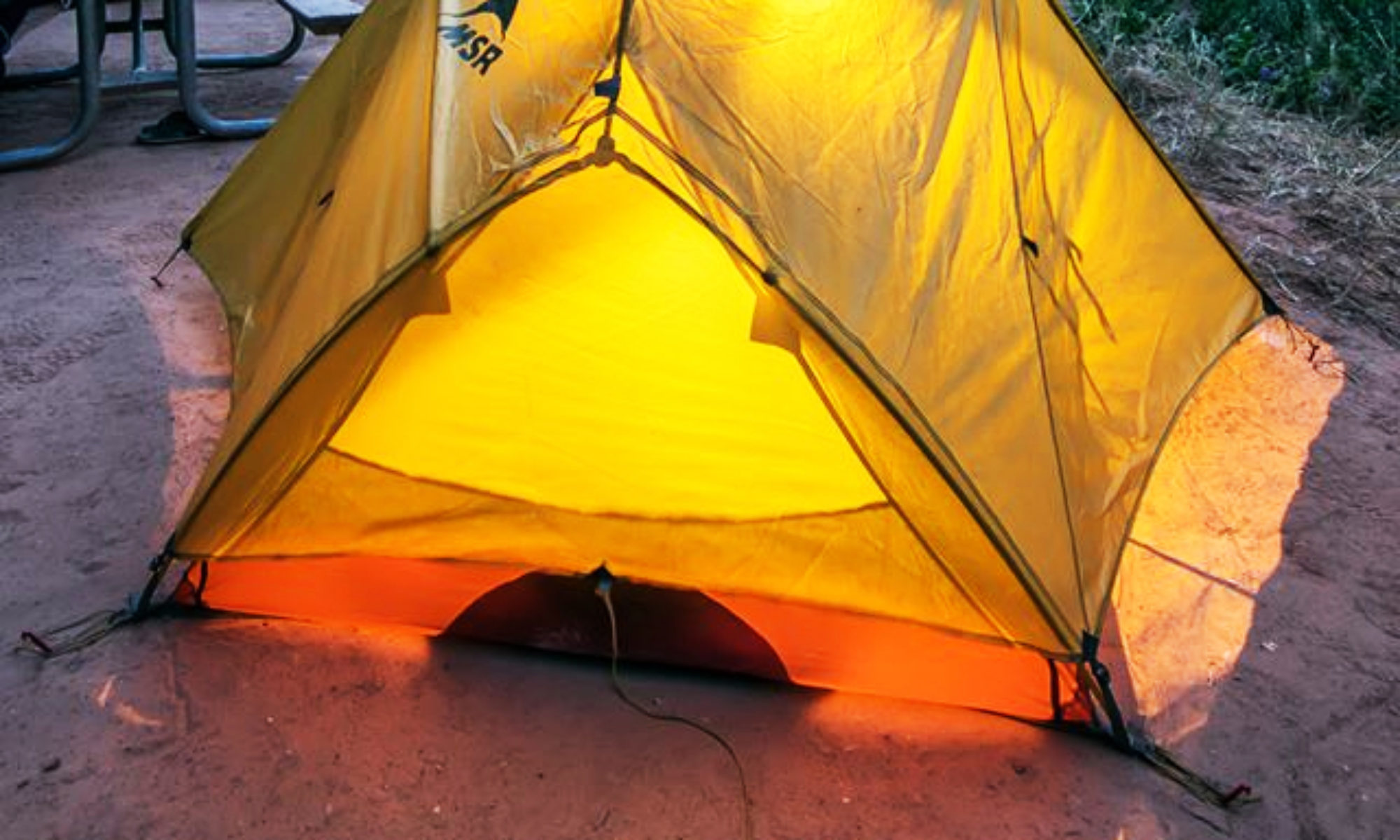Your Gear is going to be a very personal thing. Much is based on experience as well as the limitations of your wallet.
Check out places that rent gear. Or buy used. If buying and you plan on more than one backpacking trip, it is suggest you purchase quality gear. Preferably ultra-light gear.
The following lists are a guide only. A reminder in case you might be missing something.
Some minimalist ultra-light backpackers would probably laugh at some of the items. I even do. But they are listed here as a consideration.
I know some that don’t take items for washing hair & body. They don’t shave, and don’t brush their teeth. They figure for a couple of days none of that is necessary.
On the other hand, many might add to this list.
Some people like using hammocks verses tents. It is a frequently asked question. Are there places in the campground to hang them? I personally can’t stand hammocks for sleeping. But many people can sleep just about anywhere.
Our only recommendation is to find or buy items that have the least amount of bulk. By all means the least amount of weight.
Many doing this trip for the first time have never backpacked in their life. One of the most often questions is, “Do I need a tent”? Many experienced backpackers would say yes. Not that there are not other options. Sleeping direct on the ground for most people is not doable.
There is a variety of animals, reptiles, and creepy crawling and flying biting insects. It is highly recommended you have a tent with a floor and zippered screens. Those using hammocks and not tents, it is recommended you have a insect fly as well as a rain fly.
If you don’t want to invest lots of money in an ultra-light tent consider the following possibility. This might be great for a first timer. Someone probably not going backpacking again in the near future, someone flying into there area from out of the country or out of state, or someone on a limited budget.
Walmart has a kids tent (single person) in the $20 range. It has a floor, screened top with rain fly, and zippered screened entrance flaps. They are 72x48x36. Ditch the stakes and the carry bag and you can get the weight down to just under 3 lbs. You use your soft gear and clothing for your pillow.
You can rough it a night or two and not have to lug something heavier. You really don’t need stakes since these are free standing. Its all about reducing weight.
If wind conditions are encountered use gear to weigh them down. Or carry nylon mason string to securely tie it off to a tree or bush. Not weighted down, or unsecured in the wind, they will blow away.
[print-me]
[wp_table id=618/]
[wp_table id=619/]
[wp_table id=626/]
[wp_table id=628/]
[wp_table id=630/]
If you venture off beyond an established campground most experienced people recommend you carry a quality water purifier/filter. Avoid using stream water even filtered, unless you get into an emergency situation.
When at all possible use Spring water, and even then it is highly recommended you filter. Carry adequate safe drinking water to provide for any day trip length you might attempt. That usually means at least 1 gallon of water per person per day.
Note: Practice “Leave No Trace”. Never ever bath, wash hair, wash dishes, etc in a water source (Spring, Streams, Lakes, Etc). Even Biodegradable truly aren’t as many are lead to believe.
Protocol for washing or human waste of any sort, is a minimum of 200 ft from any water source. Can you imagine the impact of numerous people dumping even minuet amounts of soap and food waste on the ground, near or in, the water? Or being so ignorant they don’t know any better and bathe in a natural water source? Especially with soap!
Use the pit toilets in the campground area. Don’t short cut this, and start using the bushes and cat holes.
A nice to the point article https://lnt.org/blog/skinny-soap or http://www.backcountryattitude.com/biodegradable_soap.html
![]()

